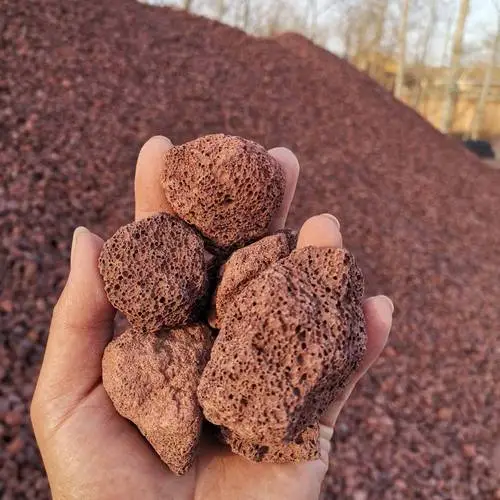
different types of minerals
Different Types of Minerals A Comprehensive Overview
Minerals are naturally occurring inorganic substances that are vital to the earth's geological processes and biological systems. They are classified based on their chemical composition and crystalline structure, which can vary enormously. Understanding the different types of minerals is essential not only for geologists and environmental scientists but also for anyone interested in the natural world. This article will provide an overview of the primary types of minerals, their characteristics, and their uses.
Silicate minerals are the most abundant group of minerals in the Earth's crust, making up about 90% of it. They contain silicon and oxygen as their primary components and can be further divided into various subcategories based on the arrangement of their silicon-oxygen tetrahedra. Common subtypes include
- Nesosilicates These minerals have isolated tetrahedra and include garnet and olivine. - Sorosilicates Characterized by double tetrahedra, examples include epidote. - Cyclo-silicates Containing rings of silicate tetrahedra, minerals such as beryl fall into this category. - Inosilicates These are chain silicates, which are further divided into single and double chains. An example of the single chain is pyroxene, while amphibole represents the double chain. - Phyllosilicates These minerals possess sheets of tetrahedra and include micas such as biotite and muscovite. - Tectosilicates With a three-dimensional framework, quartz and feldspar are prime examples of this category.
Silicate minerals are crucial because they form the basis of many rocks and play a significant role in the Earth's geology.
2. Non-Silicate Minerals
different types of minerals

Non-silicate minerals, while less abundant, are equally important and are divided into several groups based on their chemical composition. The main categories include
- Oxides Composed of oxygen and one or more metals, oxides include minerals like corundum and magnetite. These minerals are often important sources of metal ores. - Carbonates Containing the carbonate ion (CO₃) as their fundamental component, minerals such as calcite and dolomite belong to this group. Carbonate minerals are significant in forming sedimentary rocks and play a role in the carbon cycle. - Sulfides Composed of sulfur combined with metals, sulfides includes pyrite and chalcopyrite. They are important for their economic value, serving as sources for extraction of metals. - Halides This group consists of minerals formed from halogen elements. Common examples include halite (rock salt) and fluorite. Halide minerals are important in various industrial processes. - Phosphates Containing the phosphate ion (PO₄) as their primary component, minerals like apatite are vital for agriculture and are used in fertilizers. - Native Elements These minerals consist of single elements and include gold, copper, and sulfur. Native elements often have unique properties and uses derived from their metallic nature.
3. The Importance of Minerals
Minerals are not only crucial for the geological stability of the Earth but also critical for various industrial, agricultural, and technological applications. For instance, many silicate and non-silicate minerals are used in manufacturing construction materials, fertilizers, and electronic devices. Additionally, minerals are vital for human health; trace minerals like iron, zinc, and iodine play essential roles in biological processes.
4. Conclusion
In summary, minerals are diverse and complex, reflecting the earth's dynamic processes. The two main categories – silicate and non-silicate minerals – showcase a range of properties and uses that contribute to various aspects of our lives. Understanding these different types of minerals enhances our appreciation of the natural world and underscores the significance of geological resources in our daily lives. As we continue to explore and study minerals, we unlock not only the secrets of the earth's history but also the potential for future resource management and technological advancements. Therefore, whether in geology, environmental science, or everyday life, minerals remain a fundamental component of our planet and society.
Share
-
Premium Glass Sand Solutions | High Purity SupplyNewsAug.03,2025
-
Premium Talcum Powder Enhanced with GPT-4 Turbo | Soft & Long-LastingNewsAug.02,2025
-
Fly Ash Solutions Enhanced by GPT-4 Turbo | Sustainable InnovationNewsAug.01,2025
-
Natural Premium Bentonite Cat Litter - Superior ClumpingNewsJul.31,2025
-
Premium Resin Coated Sand - High Heat Resistance CastingNewsJul.31,2025
-
High Quality Silicon Carbide Grit for Abrasive ApplicationsNewsJul.30,2025






